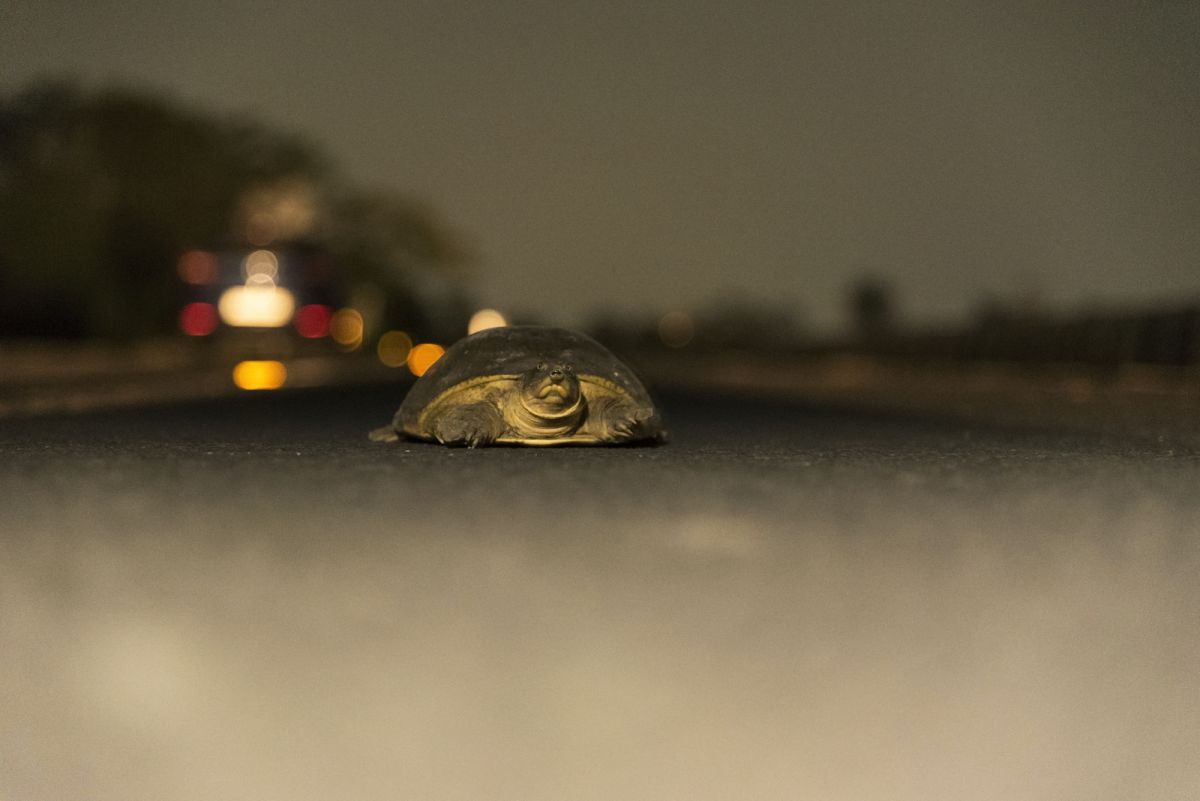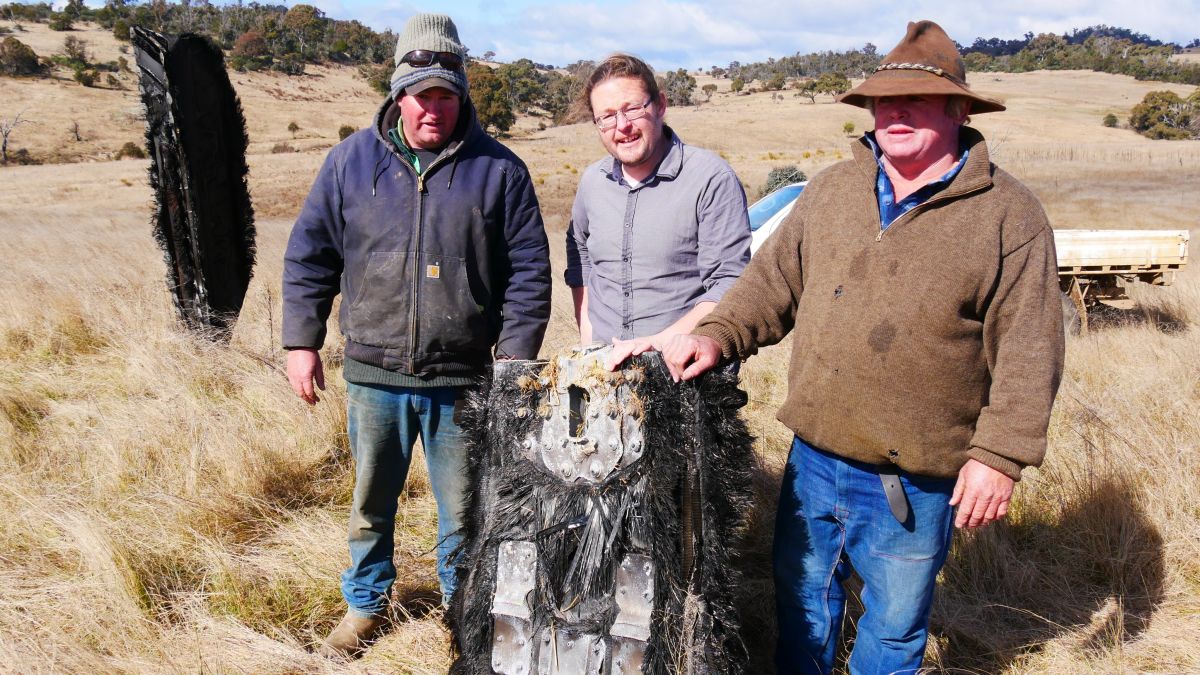On Mars, there’s a unique kind of “tumbleweed” rolling across the Martian plains. These tumbleweeds aren’t plants – they are pieces of debris from the entry, descent, and landing (EDL) hardware from NASA’s Perseverance rover. Percy has been coming across many of these remnants, photographing them so that engineers can study them. During its landing on February 18, 2021, a number of hardware elements slowed the spacecraft’s speed from 12,500 mph (20,000 kph) when it first entered the Martian atmosphere to essentially zero miles per hour when it was gently placed…
Read MoreMonth: August 2022
Watch India’s new rocket launch for the 1st time Saturday night
A new Indian rocket is scheduled to launch for the first time on Saturday night (Aug. 6), and you can watch the debut live. The country’s Small Satellite Launch Vehicle (SSLV) is scheduled to lift off Saturday at 11:48 p.m. EDT (0348 GMT and 9:18 a.m. India Standard Time on Sunday, Aug. 7) from Satish Dhawan Space Centre on India’s southeastern coast. Watch it live here at Space.com, courtesy of the India Space Research Organisation (ISRO), or directly via ISRO (opens in new tab). The SSLV is a four-stage rocket…
Read MoreArtificial light at night can change the behavior of all animals, not just humans
This article was originally published at The Conversation (opens in new tab). The publication contributed the article to Space.com’s Expert Voices: Op-Ed & Insights. Therésa Jones (opens in new tab), Associate Professor in Evolution and Behavior, The University of Melbourne Kathryn McNamara (opens in new tab), Post-doctoral research associate, The University of Melbourne As the moon rises on a warm evening in early summer, thousands of baby turtles emerge and begin their precarious journey towards the ocean, while millions of moths and fireflies take to the air to begin the complex process of…
Read MoreNew mapping method could aid exploration of moon, Mars and beyond
Researchers have discovered a method for making high-resolution maps of planetary surfaces like the moon’s by combining available imagery and topography data. Mapping the complex and diverse surface of a world like the moon in detailed resolution is challenging because laser altimeters, which measure changes in altitudes, operate at much lower resolution than cameras. And although photographs offer a sense of surface features, it’s difficult to translate images into specific heights and depths. However, a new method combines topographic data with degrees of shading of sunlight present in optical images…
Read MoreSpace Station Science Highlights: Week of August 1, 2022
Crew members aboard the International Space Station conducted scientific investigations during the week of Aug 1 that included controlling space station robots with code written by students, using a container-free system to examine formation of amyloid fibrils, and evaluating orbit-to-ground control systems for multiple robots.
Read MoreCuriosity’s Dusty Selfie
Since August 2012, Curiosity has been exploring 3-mile-high Mt. Sharp in Gale Crater. The rover has climbed more than 2,000 feet (612 meters), reaching progressively younger rocks that serve as a record on how Mars has evolved from a wet, habitable planet to a cold desert environment.
Read MoreHubble Gazes at a Star-Studded Skyfield
This star-studded image from the NASA/ESA Hubble Space Telescope shows the heart of the globular cluster NGC 6638 in the constellation Sagittarius.
Read MoreThe Curiosity rover has been exploring Mars for 10 years. Here’s what we’ve learned.
NASA’s Curiosity rover has hit a major milestone: the robot is celebrating the 10th anniversary of its landing on Mars on Aug. 5, 2012. Over the decade, the rover has greatly advanced our understanding of the Red Planet through its exploration and research. Curiosity‘s primary mission objective was to determine whether or not Mars was habitable in the past. Through previous missions, scientists had already determined that water was once present on Mars and, in fact, is currently present on Mars in the form of ice. But water alone isn’t…
Read MoreSpaceX team headed to Australia to investigate Dragon space junk crash
SpaceX is going to the Australian outback in search of space debris. Following reports that bits of the SpaceX Crew-1 Dragon spacecraft landed in the southeast of the country, teams from the California company are going to Australia to see what is there. “We did get reports of debris from a trunk,” Benjamin Reed, senior director of SpaceX’s human spaceflight program, told reporters during a livestreamed NASA Crew-5 press briefing Thursday (Aug. 4). The “trunk” is an unpressurized cargo hold that also supports Crew Dragon during the launch phase, according…
Read MoreAstronomers catch a super-energetic collision of dead stars
A distant neutron-star merger unleashed one of the most powerful short gamma-ray bursts (GRB) ever seen, according to new observations by ALMA, the Atacama Large Millimeter/submillimeter Array in Chile. Neutron stars are the super-dense stellar cores left after massive stars explode, and when, say, two neutron stars collide, the result is a dramatic explosion, the light of which is referred to as a kilonova. The mergers also release gravitational waves and a brief blast of gamma-ray radiation in two tight jets shooting opposite directions into space. On Nov. 6 2021,…
Read More

